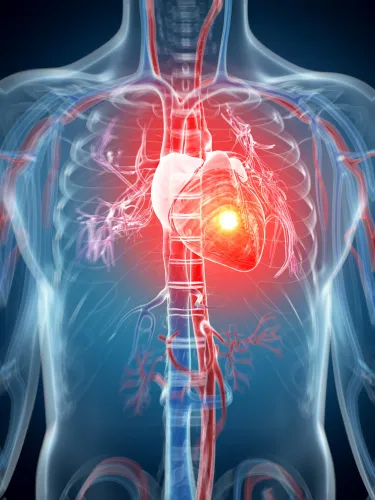Cardiology Coding Alert
Reader Question:
Break NCCI Edits With Caution
Published on Wed Oct 26, 2022
 You’ve reached your limit of free articles. Already a subscriber? Log in.
Not a subscriber? Subscribe today to continue reading this article. Plus, you’ll get:
You’ve reached your limit of free articles. Already a subscriber? Log in.
Not a subscriber? Subscribe today to continue reading this article. Plus, you’ll get:
Related Articles
Other Articles in this issue of
Cardiology Coding Alert
- CPT®:
Keep Your Revascularization Coding in Stellar Shape With Expert Advice
Know which included services you cannot separately report. In the session “A Look at Peripheral [...] - ICD-10-CM:
Follow 3 Tips to Conquer Bradycardia Reporting Challenges
Hint: Code R00.1 includes sinus bradycardia. Bradycardia, like many other type of conditions you report [...] - Technology:
Make Sure Remote Employees Keep Info HIPAA Compliant in Your Shared Drive
Don’t forget to manage version control. As more employees are continuing to work from home, [...] - You Be the Coder:
Pinpoint Exact Time to Choose Correct Holter Code
Question: What is the appropriate CPT® code to report for Holter monitoring when the recording [...] - Reader Question:
Break NCCI Edits With Caution
Question: We have a patient with right renal artery stenosis, recurrent diastolic heart failure, and uncontrolled [...] - Reader Question:
Choose Codes Based on Stented Vessel
Question: I have a physician who did a left heart catheterization, fractional flow reserve (FFR), percutaneous [...] - Reader Question:
Take a Look at This Cardiac Cath Documentation
Question: According to the documentation, after anesthesia was obtained, my cardiologist entered the patient’s right radial [...] - Reader Question:
Report 37187, 37188 for Combined Thrombectomy Technique
Question: My cardiologist accessed the occluded femoral vein through a tiny incision at the patient’s groin. [...] - Reader Question:
Focus on Appropriate Angioplasty Code
Question: I have a physician who performed an angioplasty of coronary artery bypass graft but [...]
View All




